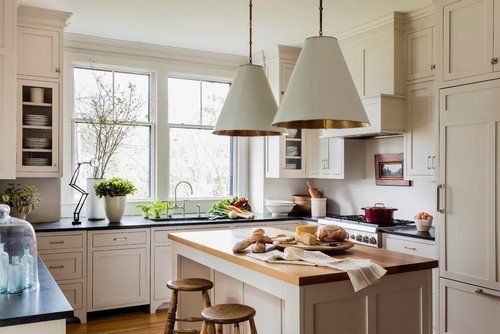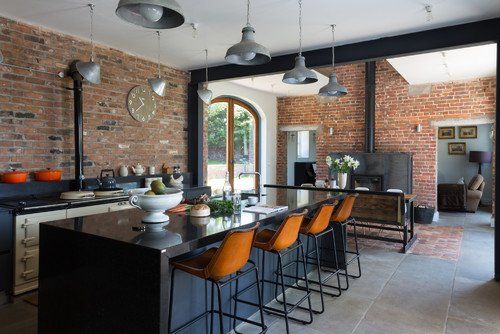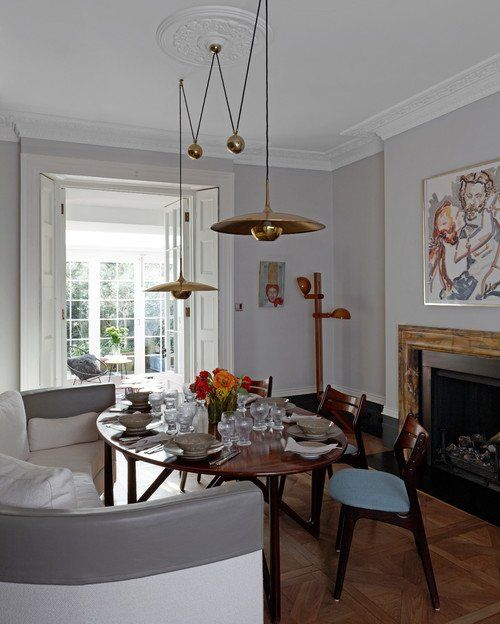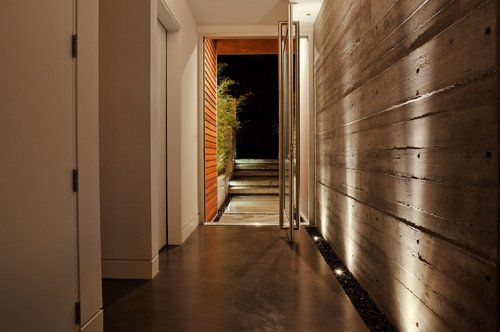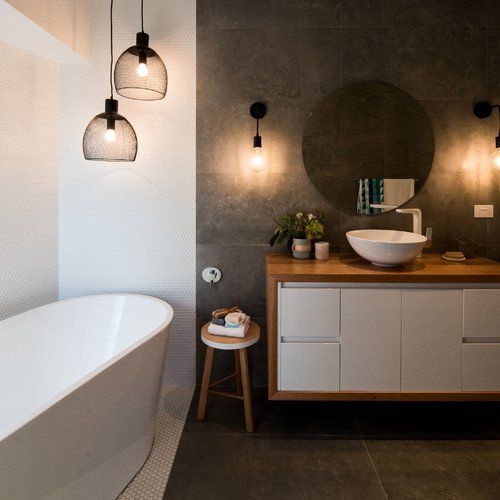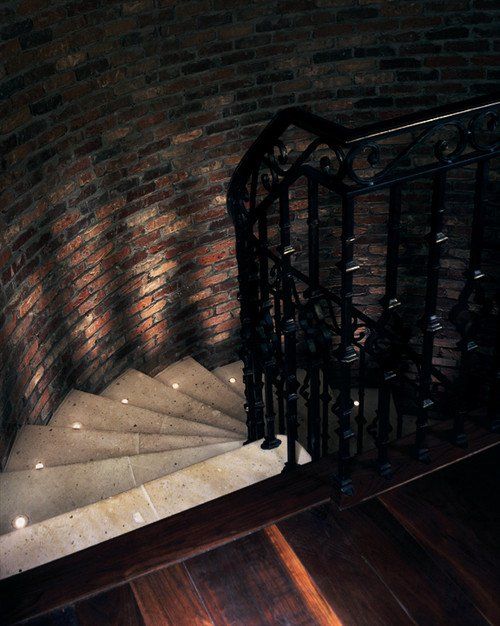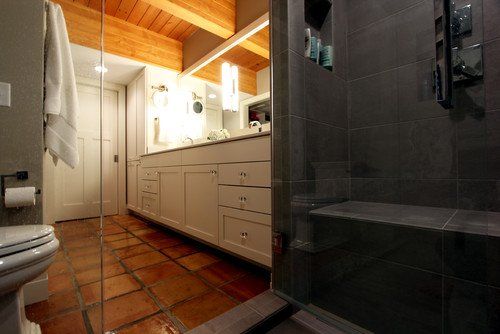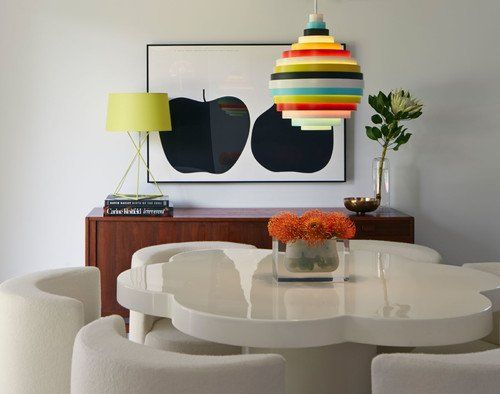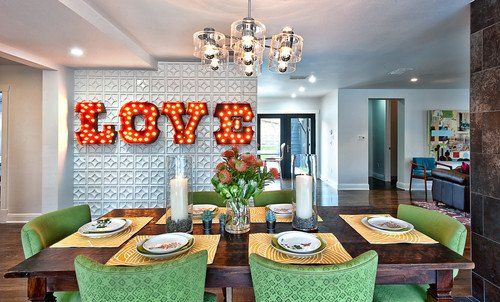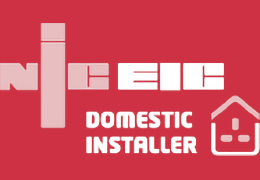Buzz’s Top 10 Tips for Planning Lighting in your Home
Any interior designer will tell you that good lighting in your home is everything. Lighting affects the feeling and mood of your home —do it well and the whole look of your decoration will improve.
1. Ceiling height - Make sure you take it into consideration.
This
key piece of information is really important when your choosing hanging light
fixtures. Some lights come with adjustable cables or rods, but others don’t. Avoid
getting stuck with a light that hangs too low or too high.
As a general rule, the bottom of a light should hang about 12 to 20 inches
below a standard 8-foot ceiling. For each additional foot of ceiling height,
add 3 inches.
2. Table hanging
.
If
you’re planning on hanging lights over
a table or a kitchen island, 28
to 34 inches is the recommended distance from the bottom of the light to the
surface of the table or island. However, this can vary depending on the size of
the light. A smaller light can hang a little lower lower
and a larger light can be a bit higher.
3. Plan lighting before building.
Think
about your lighting during the initial design phase of a new build or
renovation. With a new kitchen build
(for example) this is always done to ensure sockets and fittings are built into
to any carpentry. You may want three
pendant lights over your dining table instead of one or two, that should be
taken into account before construction starts.
4. Stylish swagging .
If you are looking at installing pendant lighting but don’t want the expense or hassle of changing your home’s electrical setup, cord swags can be a good option. Swag them loosely over a bar or a hook or secure the cord tight to the ceiling for an industrial look. Your Buzz electrician can always do this for you or at least check they are safely installed.
5. Look up.
Don’t limit lighting to downlights. Depending on the room shape and style, consider wall scones or uplighting to create a softer feel and avoid potentially harsh downlighting that can cast shadows. Bottom of Form
6.
Decide on glows.
The light fixture should not be your only decision— the type of lightbulb is
equally important. Halogen, compact fluorescent and LED bulbs come in a range
of warm or cool hues. Like the colour of your walls, the type of glow you want
is an important choice.
If your walls are fairly cool, you might want to warm them up with a lightbulb
that casts a warm glow. Alternatively, you may want a cooler glow to brighten
up a darker space.
7. A glistening staircase.
Adding lights to stairs is a bonus for dark staircases, particularly at night. They are often enclosed, so light them from the sides or embed lights in the risers as a design element. No more tripping up when you’re sleepy!
8. “ Toe-kick” lighting .
Talking of lighting up dark spots, strip lighting on the underside of kitchen/bathroom bases or utility cabinets is a subtle way to create a low level glow. Far from frivolous, this design feature can provide calm lighting and is safety-conscious too ensuring little ones see hard corners.
9. Use lighting to introduce bold pops of colour.
Installing a light fixture in a bright hue in an otherwise simple room can add interest and fun to the room.
10. Use lighting as decoration.
Introducing lights as decorative elements helps set the mood in your home. If general lighting is already installed, using lights instead of wall art can be a interesting way to provide low level lighting.
Feel free to contact Buzz Electrical to discuss lighting for your home and book in any work required. Call us on 01386 423600 or email us on: info@buzzelectrical.co.uk We’d love to help!


